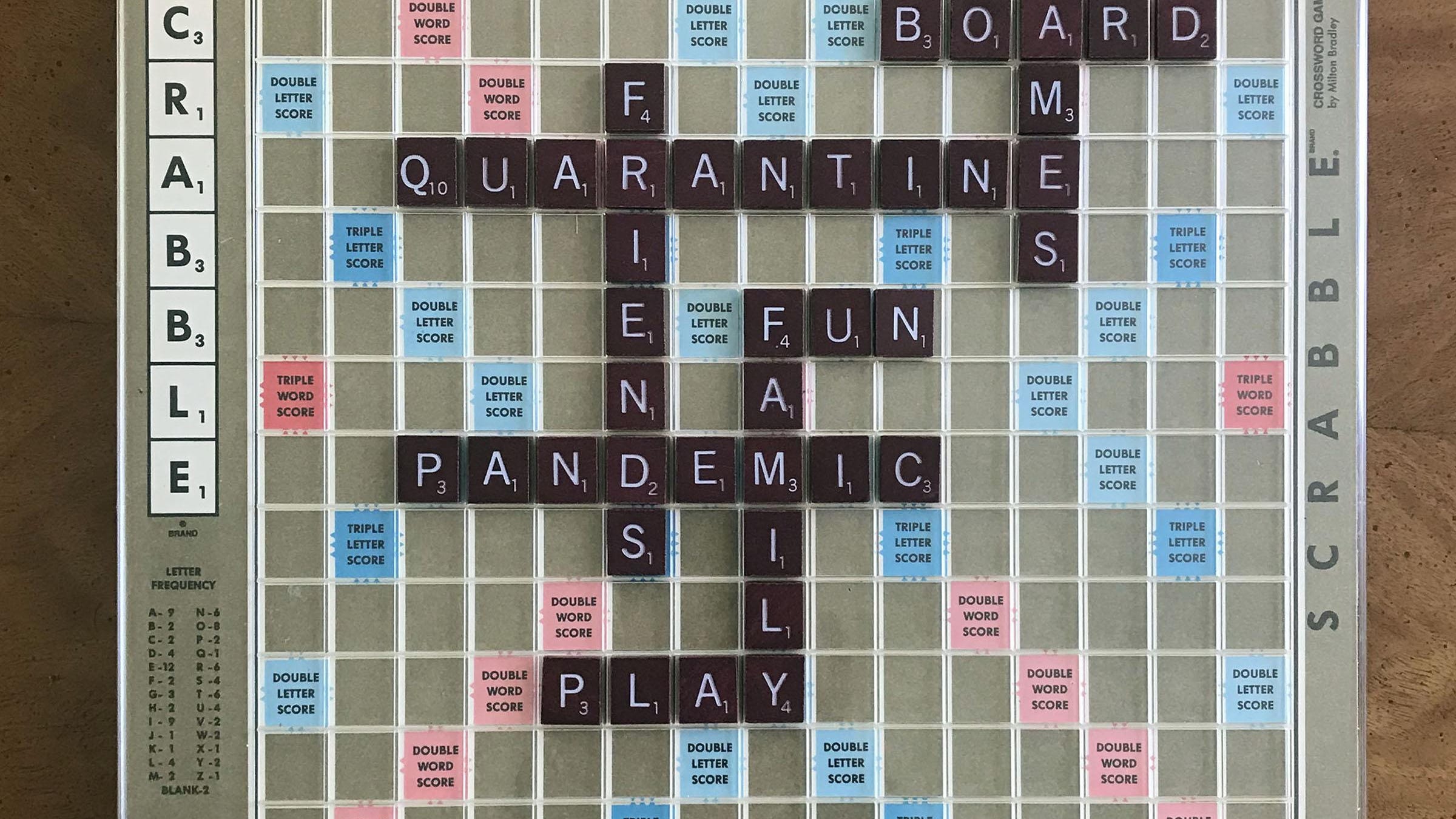

It will sell well in bookstores", she remembered saying about Scrabble when she first saw it.

Righter licensed the game from entrepreneur James Brunot in 1952. In 1952, unable to meet demand himself, Brunot sold manufacturing rights to Long Island-based Selchow and Righter, one of the manufacturers who, like Parker Brothers and Milton Bradley Company, had previously rejected the game. He placed a large order, and within a year, "everyone had to have one". Upon returning from vacation, he was surprised to find that his store did not carry the game. According to legend, Scrabble 's big break came in 1952 when Jack Straus, president of Macy's, played the game on vacation. They made 2,400 sets that year but lost money. : 100 In 1949, Brunot and his family made sets in a converted former schoolhouse in Dodgingtown, Connecticut, a section of Newtown. Although he left most of the game (including the distribution of letters) unchanged, Brunot slightly rearranged the "premium" squares of the board and simplified the rules he also renamed the game Scrabble, a real word which means "to scratch frantically". In 1948, James Brunot, a resident of Newtown, Connecticut, and one of the few owners of the original Criss-Crosswords game, bought the rights to manufacture the game in exchange for granting Butts a royalty on every unit sold. He manufactured a few sets himself but was not successful in selling the game to any major game manufacturers of the day. The new game, which he called Criss-Crosswords, added the 15×15 gameboard and the crossword-style gameplay. The two games had the same set of letter tiles, whose distributions and point values Butts worked out by performing a frequency analysis of letters from various sources, including The New York Times. In 1938, the American architect Alfred Mosher Butts created the game as a variation on an earlier word game he invented, called Lexiko. This was used to determine the number and scores of tiles in the game. Most modern replacement tile sets come at 18 mm × 20 mm (0.7 in × 0.8 in).Īlfred Butts manually tabulated the frequency of letters in words of various length, using examples in a dictionary, the Saturday Evening Post, the New York Herald Tribune, and The New York Times. The capital letter is printed in black at the centre of the tile face and the letter's point value is printed in a smaller font at the bottom right corner. 13 mm × 13 mm (0.51 in × 0.51 in)) sometimes they are magnetic to keep them in place. Travelling versions of the game often have smaller tiles (e.g. Only the rosewood tiles of the deluxe edition vary in width up to 2 mm (0.08 in) for different letters. Tiles are usually made of wood or plastic and are 19 by 19 millimetres (0.75 in × 0.75 in) square and 4 mm (0.16 in) thick, making them slightly smaller than the squares on the board.

Other language sets use different letter set distributions with different point values. The blank tiles can be used as substitutes for any letter once laid on the board, however, the choice is fixed. The game also has two blank tiles that are unmarked and carry no point value. Commonly used letters such as vowels are worth one point, while less common letters score higher, with Q and Z each worth 10 points. The number of points for each lettered tile is based on the letter's frequency in standard English. In an English-language set, the game contains 100 tiles, 98 of which are marked with a letter and a point value ranging from 1 to 10. Each tile is marked with its point value, with a blank tile - the game's equivalent of a wild card - played as the word's first letter. The name of the game spelled out in game tiles from the English-language version.


 0 kommentar(er)
0 kommentar(er)
